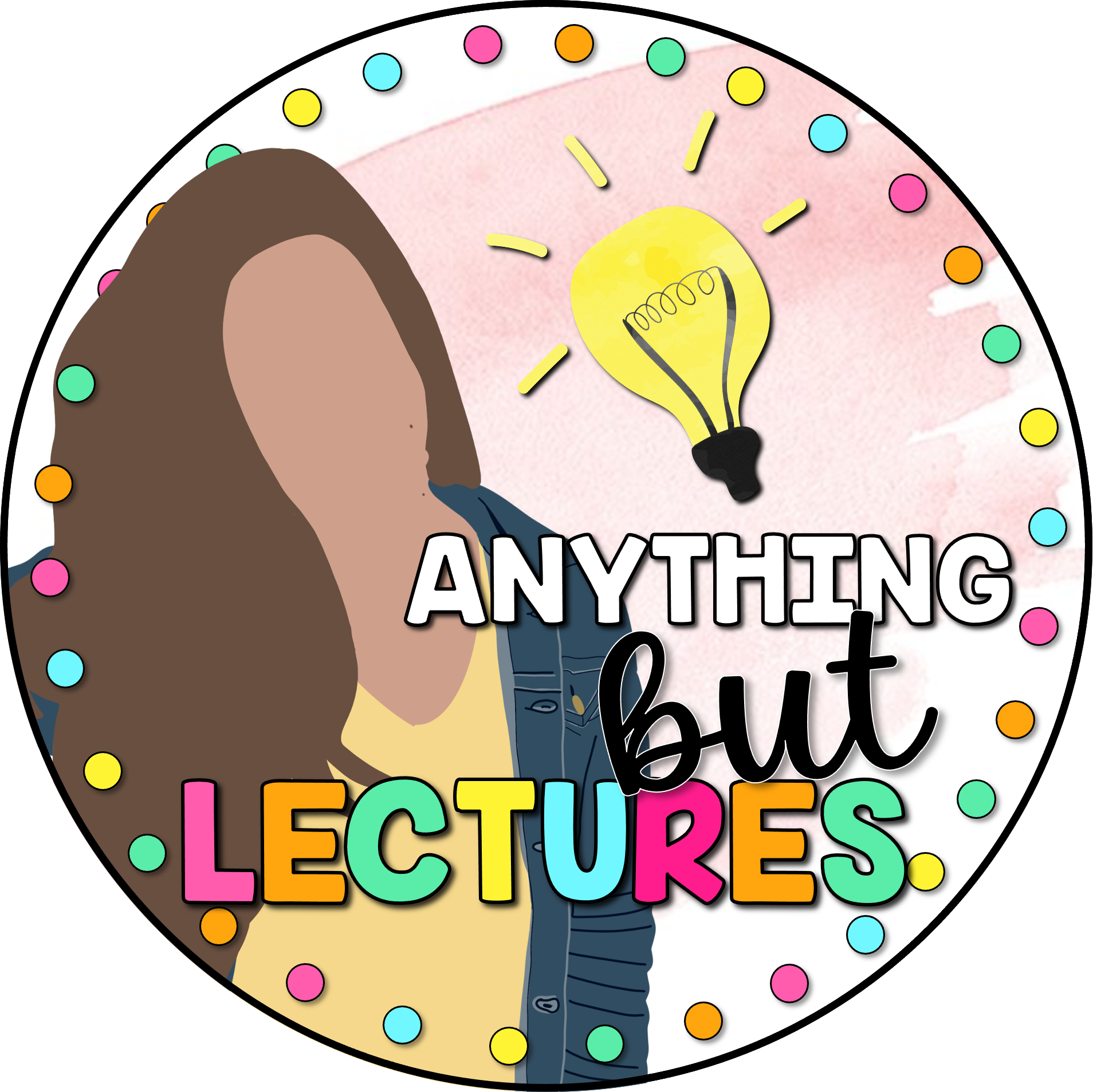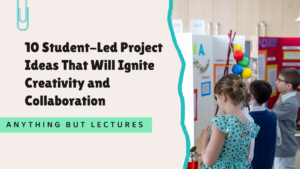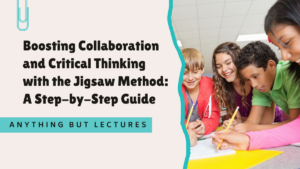In the ever-evolving landscape of education, one concept that has gained momentum in recent years is student-centered learning. This approach puts learners at the forefront of their educational journey, empowering them to take an active role in their education.
In this blog post, we’ll explore the principles of student-centered education, its benefits, and how it transforms the traditional classroom into an engaging, interactive, and empowering space.
Click here to download my free guide “10 Alternatives to Traditional Lectures“.
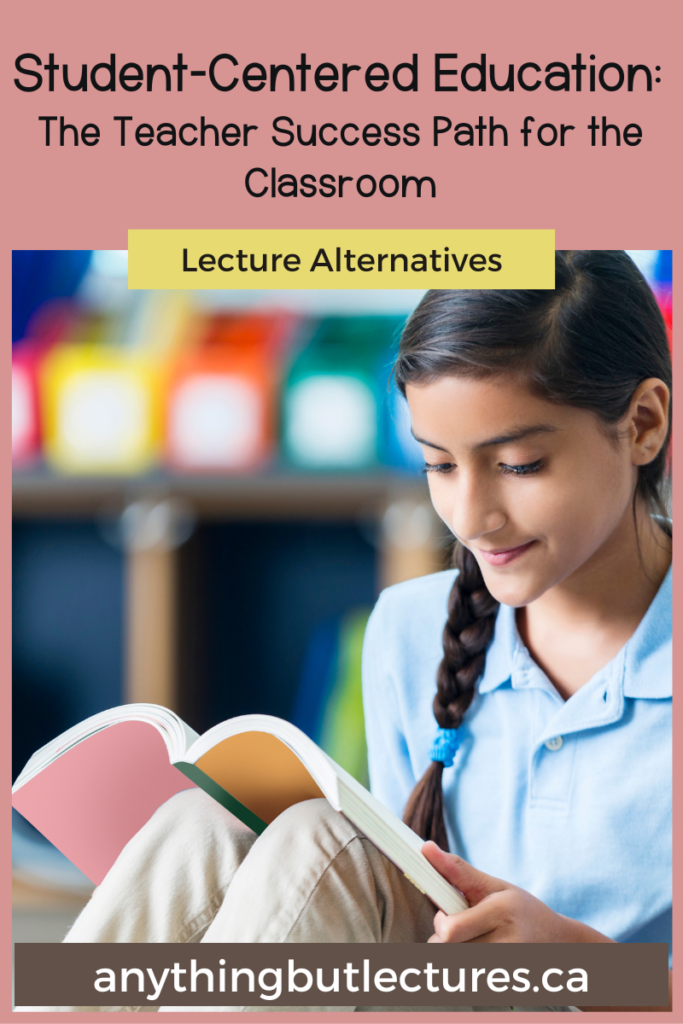
The Shift Toward Student-Centered Education
Traditional education often follows a one-size-fits-all model, with teachers delivering lectures and students absorbing information passively. Student-centered education, on the other hand, recognizes that learners are unique individuals with distinct needs, interests, and learning styles. It shifts the focus from the teacher as the sole authority to the students as active participants in their learning process.
Key Principles of Student-Centered Education
- Personalization: It tailors learning experiences to individual students. It acknowledges that each learner may have different strengths, weaknesses, and prior knowledge.
- Active Participation: Students are encouraged to actively engage with the learning materials. This can involve discussions, problem-solving activities, and hands-on projects.
- Choice and Autonomy: Learners have a say in what and how they learn. They are given choices in assignments, projects, and even the pace of their learning.
- Collaboration: Group work and collaboration are promoted to enhance social skills, teamwork, and a sense of community in the classroom.
- Real-World Relevance: Student-centered learning connects classroom content to real-world applications, making education more meaningful and applicable.
The Benefits of Student-Centered Learning
- Increased Engagement: When students are actively involved in their education, they are more engaged and motivated to learn.
- Improved Retention: Learners tend to retain information better when they have a hand in constructing their own knowledge.
- Enhanced Critical Thinking: This type of approach encourages critical thinking, problem-solving, and creativity.
- Individualized Support: Teachers can provide more personalized support, helping students address their specific learning needs.
- Preparation for Life Beyond School: By taking ownership of their learning, students develop skills like self-regulation and adaptability that are valuable in the real world.
Implementing Student-Centered Education
While the benefits are clear, implementing student-centered education can be challenging without the right strategies and resources. Fortunately, there are various approaches and tools available.
To explore these strategies in depth and discover practical methods for implementing student-centered education in your classroom, download my free guide, “10 Alternatives to Traditional Lectures.” This resource offers a comprehensive guide to alternative teaching methods that empower students and create an enriching learning experience.
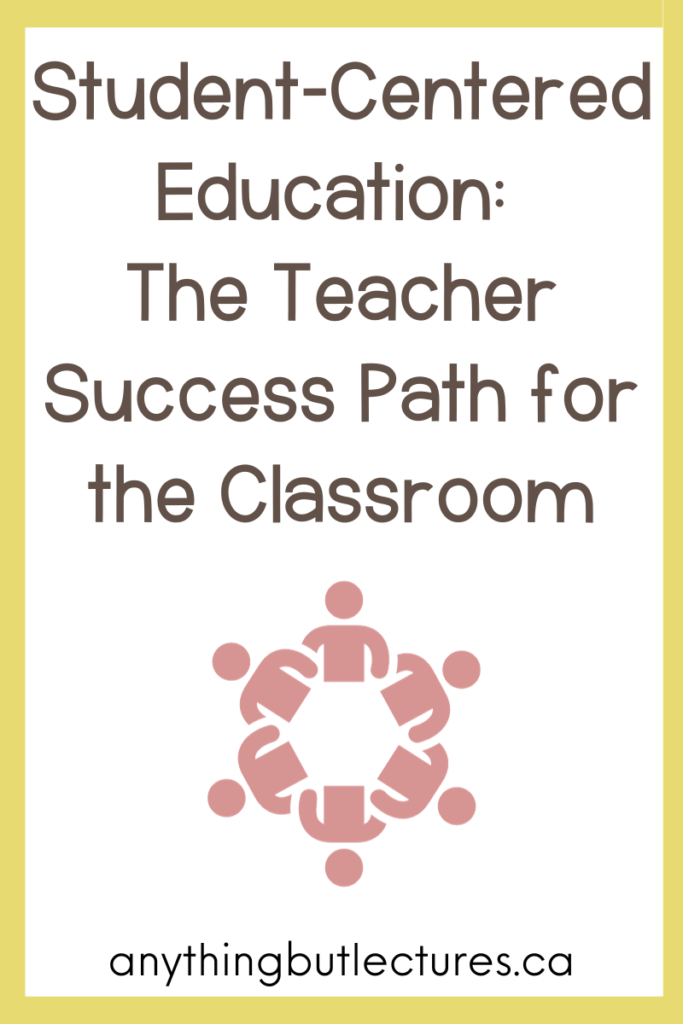
Click here to read my blog post about 7 student activities you can recycle and reuse all year long!
Conclusion
In the journey to create a dynamic and engaging learning environment, student-focused learning stands as a powerful ally. By shifting the focus from the teacher to the learner, educators can unlock the full potential of their students, fostering a love for learning that lasts a lifetime. Embrace the principles of student-centered learning, and together, let’s revolutionize education for a brighter future.
